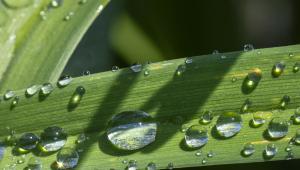How to Disinfect Your Camera Gear: Tips for Photographers During the Coronavirus

(Editor’s Note: This piece is an excerpt of a story by Roger Cicala, the founder of LensRentals.com. To read the full article, click here.)
I'm qualified to talk about how to disinfect your photo gear to some degree; I take care of a ton of camera equipment and I'm a physician in my past life. And I've had so many requests for information about this that it seems logical to put something out, so everyone has access to it.
That being said, at this moment in time there are NO right answers. This is my best knowledge and my best opinion. Other people have other thoughts. Two weeks from now new information may make some of this incorrect or show there are better ways to do things. If I say something today and the CDC says something else next Thursday, go with the CDC.
I also want to be really clear - the safest thing right now is isolation and I do NOT recommend anyone thinking disinfection makes everything safe. And finally, we're talking about using products that can have some side effects and cause problems. What I'm going to discuss is relatively safe.
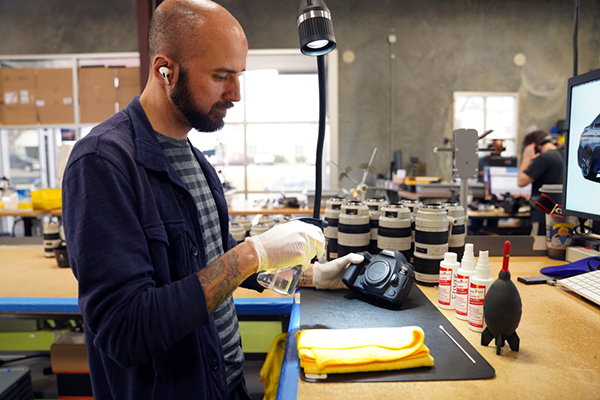
Finally, I'm aware that there are lots of pseudoscientific BS things being posted every day, and even worse some really disgusting people that are selling said BS things. I usually run a fast and loose comment section, but for this article I will immediately delete any essential oil, homeopathic, crystal therapy and other idiocy that shows up in the comments. We also aren't a political forum and political discussions need to go elsewhere.
Disinfecting Equipment and People: What You Can and Can't Accomplish
If you are going out amongst people, you're taking some risk. You can reduce it; you can't eliminate it. Masks protect others from you a bit, they don't protect you from others. Beards increase your risk of both giving and receiving a bit and negate any benefit of a mask. Gloves keep stuff from getting on your fingers, but otherwise virus transfers from gloves-to-face and gloves-to-anything else just fine.
The virus transmits by aerosol, so if you breath in an infected person's air, bad things happen. That's what the 6-foot rule is about, although six feet probably isn't quite enough. The virus also settles on surfaces and if you touch the surface and then your face, bad things happen. How long the virus can live on surfaces isn't clear and depends a lot on the surface and ambient conditions. About eight hours is a reasonable rule for encapsulated virions (virus particles) but under perfect (for the virus) conditions 24 hours is certainly possible. There have been some reports of 72 hours in lab conditions.
So, there's one thought for you; if the gear hasn't been touched or breathed on in 24 hours it's almost certainly safe, 72 hours you can take off the "almost."
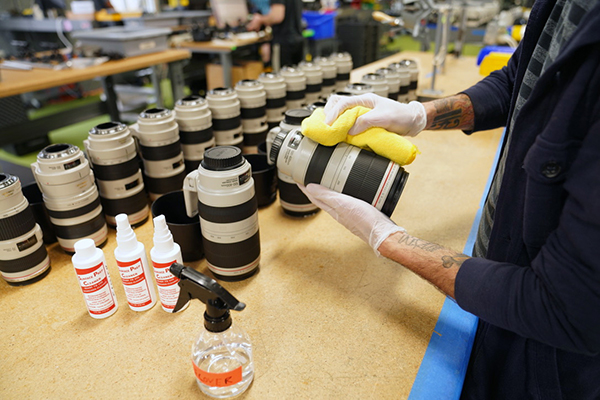
The Disinfectants
Soap and water
Used for 20 seconds, soap and water is superbly effective on skin or other surfaces. Whatever soap is fine, it works by dissolving the lipid capsule around the virus. And here's an alternative for those of you freaking out about "I can't get Lysol wipes." Use some soap and water, it's just as effective.
Isopropyl alcohol
At concentrations of 60% or higher, isopropyl alcohol is also effective although it works a bit better on surfaces than on skin. Purell and other hand sanitizers are basically 60% isopropyl alcohol. Alcohol may not work as fast as soap, and the rule of thumb is just let it dry.
Aside #1: if you can't get hand sanitizer, you can make your own if you can get 99% isopropyl alcohol; mix two parts alcohol with 1-part hand cream and blend it thoroughly. It's probably not as good as the regular ones, but it's better than nothing.
I get asked if ethanol (the alcohol you drink) would work and the answer is probably, although I can't tell you if 60% is enough; you might need pure grain alcohol. Methanol (wood alcohol) is rather toxic and I'd stay away from it.
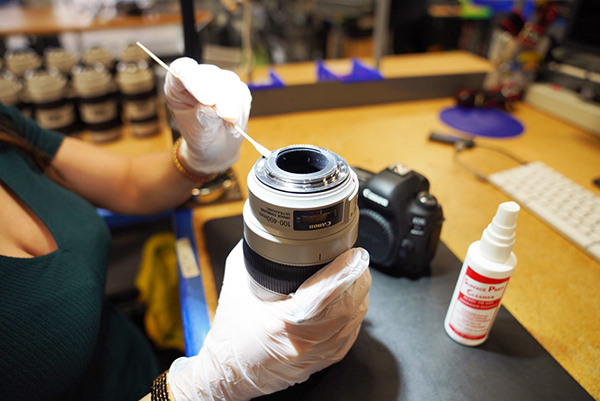
Chlorine Bleach
Standard laundry bleach is usually 2.6% to 5.25% sodium hypochlorate (bleach) which is WAY too high a concentration to use for disinfecting. To make a disinfectant you want to add 20ml of 5.25% bleach to a liter of water. Double it if you have 2.6% bleach, etc.
Two important notes here: NEVER mix chlorine bleach with any other cleanser or put it into a bottle that used to have another cleanser without thoroughly rinsing the bottle. And mix it in a well-ventilated area. Chlorine bleach is very effective, hospitals use it, but it can be irritating in large quantities and it can fade dyes and colors.
Non-Chlorine Bleach / Oxidizing Agents
There are a lot of products in this category; basically oxy-this, non-bleach that, 'safe bleach', and of course the dreaded 'non-chemical', 'all-natural', and I'm sure as organic and non-GMO bleach at slightly higher prices. They mostly are peroxides, like hydrogen peroxide, but often slightly different chemicals that are more stable; hydrogen peroxide tends to bubble off and loose effectiveness.
You need at least 2% and probably 3% peroxide to be an effective disinfectant and even then, its effectiveness against Coronavirus is 'probable' not certain.
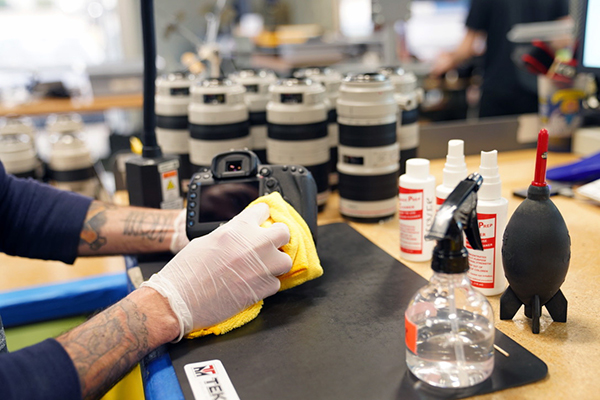
Quarternary Ammonium Products
There are tons of these. Benzalkonium Chloride is probably the one you see most commonly if you read ingredient labels. They are both detergents (soap) and disinfectants. While I haven't seen any actual studies regarding effectiveness against Covid-19, they are effective against other coronavirus. I can't give you specifics, but they're probably effective.
Aside #2: Dryer antistatic sheets are usually contain lots of quarternary ammonium compounds.
Aside #3: regular detergent negates the detergent-like effect of quarternary ammoniums, so using both together isn't better.
Thymol
The proper name is 2-isopropyl-5-methylphenol. I mention it mostly because you may have seen it marketed as your 'all natural', 'non-chemical', 'essential oil' disinfectant or preventative. It does work against some bacteria, but it's useless against Coronavirus. There is some thymol in thyme essential oil and I've seen some people selling it as protective.
Triclosan
This is used in some 'non-alcohol' hand sanitizers and disinfectants. It's pretty effective against bacteria but not against coronavirus.
(Read the full story with additional information and images on the LensRentals Blog.)






























